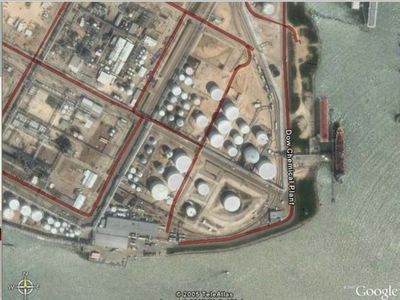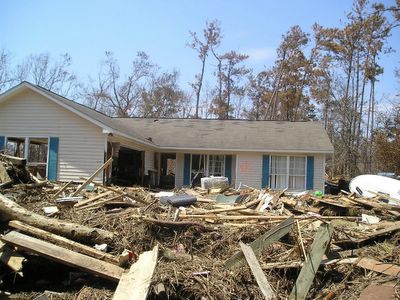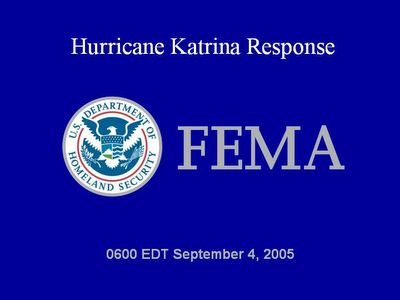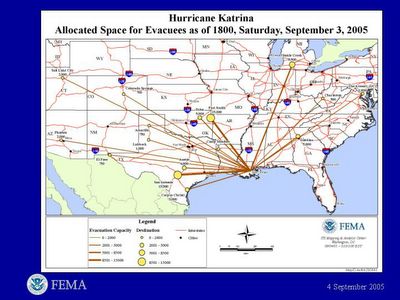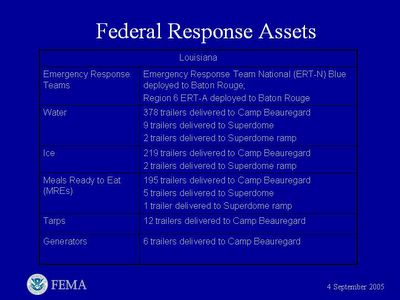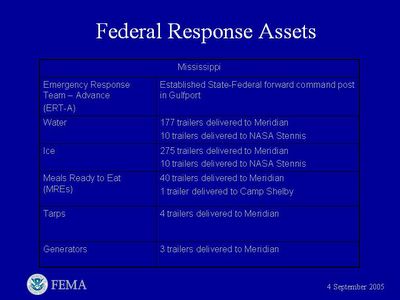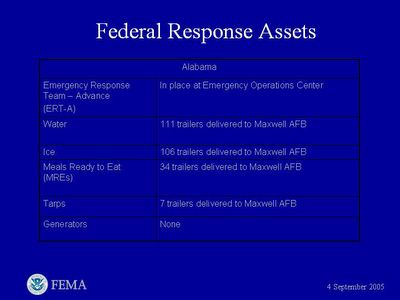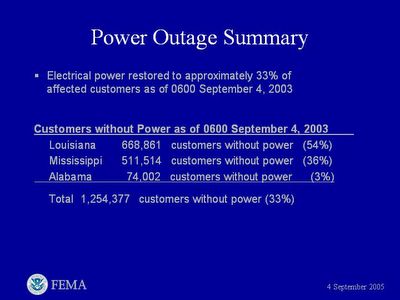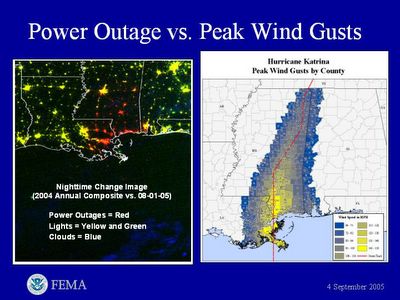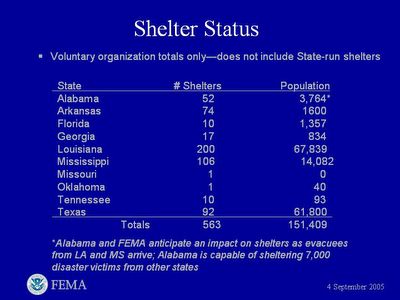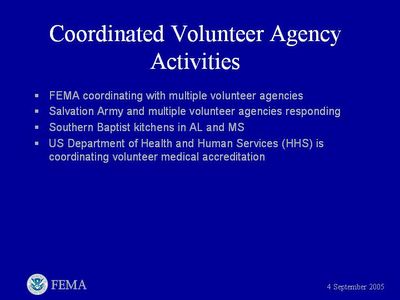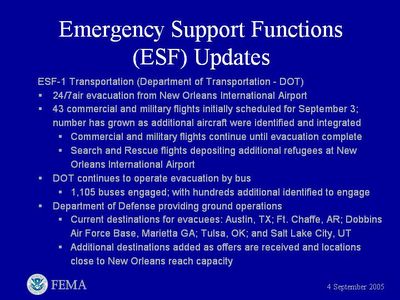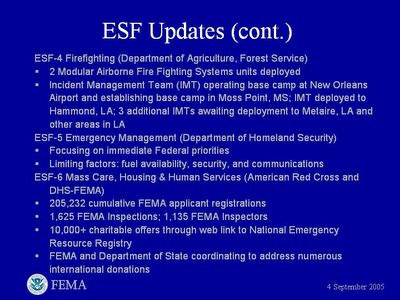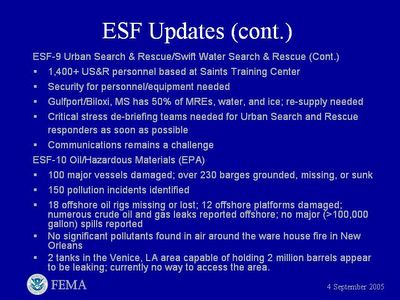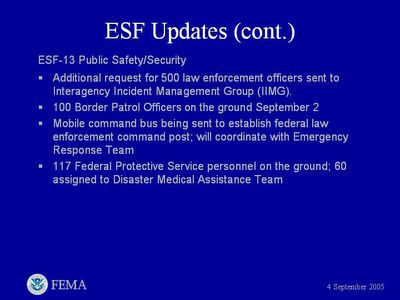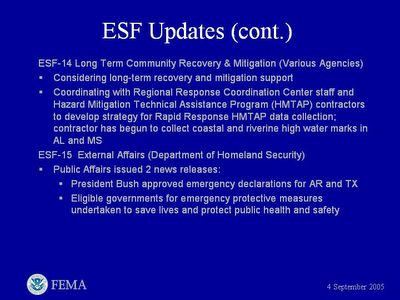Landfall.
And we’re all waiting for Anderson Cooper to end up in Oz.
Evacuees are still trickling in, but we’ve still got shelter capacity. So far, so good. Our plan worked.
Basically, we’ve had a rolling shelter operation. As shelters fill, new ones are opened. All this has to by synchronize with our public outreach program. Signs have to be moved on the evacuation route. Radio messages changed. Staff alerted. Security dispatched. It’s a multi-agency, multi-jurisdiction response, and we’re doing well.
This could have been a lot harder. If the storm had followed the original track, then, by Saturday morning, we would be doing this in tropical storm winds and rains. There would have been debris, power outages, and potential floods—all of which could have derailed us. We got lucky.
There has been friction. Bus loads of hungry people arrive at newly opened shelters that food hasn’t been dropped at. Dialysis patients and diabetics arrive in need of immediate care. Pissed off school principals. Bad coffee. Doctor Phil on one of the TVs. Who new Tony Danza was still on TV?
Anyone who has spent time in a military operations center knows what life is like in an EOC. Time ebbs and flows seemingly at random. People on the other end of the line just don’t understand when you’re not jumping through your ass to solve their problem. Higher just doesn’t get it.
Snippets of running conversations:
“Starbucks still open???”
“Uhhh, they need dialysis? Now? Shit...”
“That girl on the weather channel right now is hot…”
“I understand that’s its one in the morning, but we really need you to open your school right now. No, we don’t know exactly when the evacuees will arrive. There are 2.7 million people on the roads…”
“Who wants Whataburger???”
“Eight buses just are in route, which shelter should we send them to???”
“Shit. Are we out of diet coke???”
“No. Look outside my office. There are about 10 cases…”
“Uh, those eight buses have special needs people on them…”
“But, they’re not cold…”
“Define special needs…”
“You want cheese with that wine???”
“Mental...”
“Mental crazy or mental challenged???”
“You want cheese on your burger???”
“Challenged…”
“Yeah, no lettuce…”
“They should have gone to Temple. That’s the special needs shelter hub...”
“Like I’m going to remember how you like your fucking burger…”
“They’ve been on the road for 12 hours...”
“Then write it down…”
“We’ll take them…”
The eye just made landfall.

